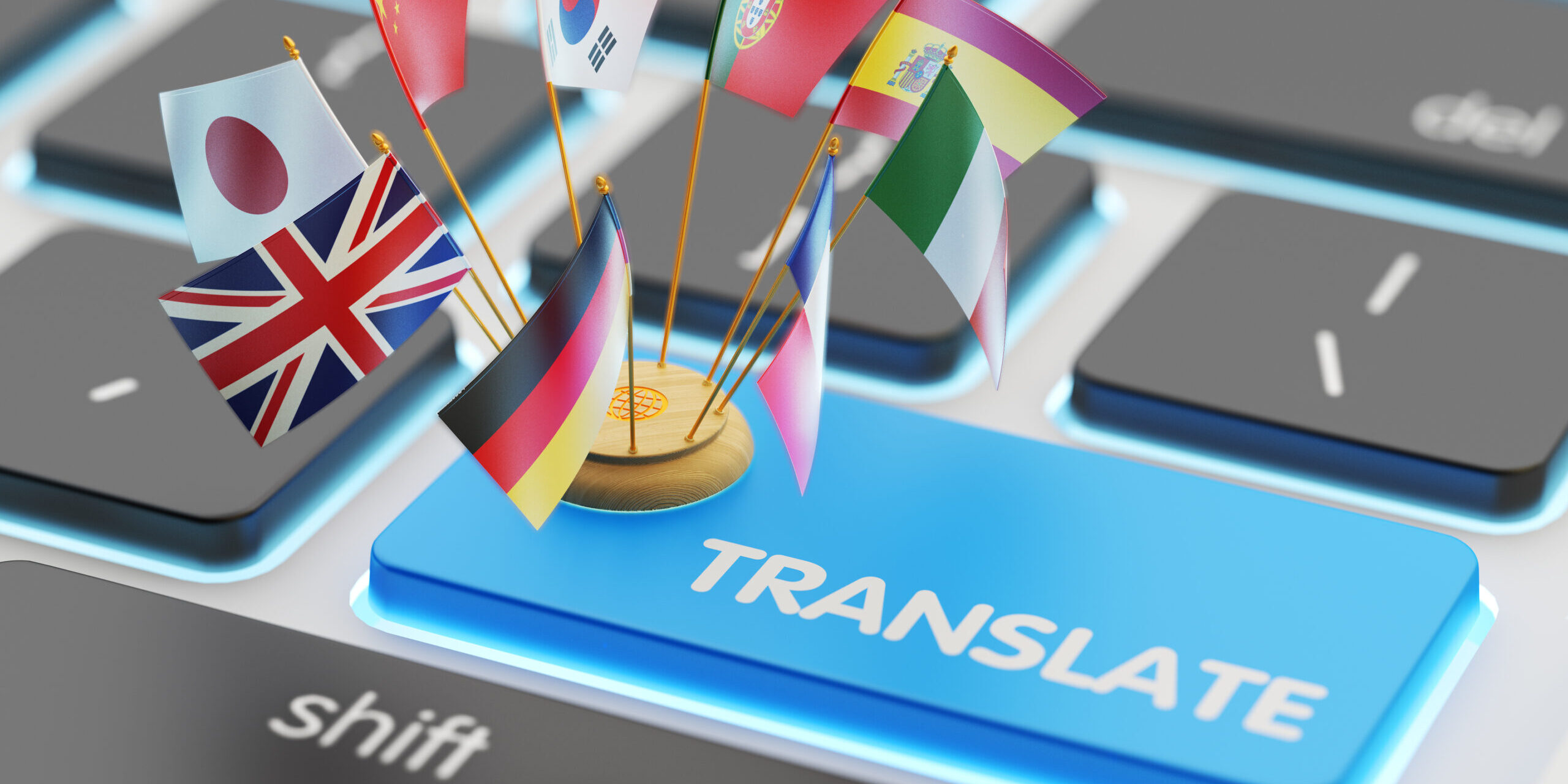When you're staring down a stack of documents that need translating for official purposes—maybe for a visa application, a court filing, or even a business deal overseas—the terms "certified" and "notarized" often pop up, leaving many people scratching their heads. It's an easy mix-up, but getting it wrong can lead to delays, rejections, or extra costs. Let's break this down step by step, so you can figure out exactly what your situation calls for, backed by insights from reliable sources like the U.S. Citizenship and Immigration Services (USCIS) and the American Translators Association (ATA).
What Does a Certified Translation Really Mean?
At its core, a certified translation is all about vouching for the accuracy and completeness of the work itself. The translator or translation agency provides a signed statement affirming that the translation is a true and faithful rendition of the original document. This isn't just a casual promise; it's a professional guarantee that the content hasn't been altered, omitted, or embellished.
According to the ATA, which represents over 10,000 translators and interpreters worldwide, certification emphasizes the translator's expertise and the quality of the output. For instance, in the U.S., USCIS mandates certified translations for immigration-related documents like birth certificates or marriage licenses. Their guidelines state that the certification must include the translator's name, signature, address, and a declaration like: "I certify that this is a complete and accurate translation to the best of my knowledge." No bells and whistles—just a straightforward assurance of reliability.
Think of it this way: if you're submitting papers to a federal agency, they're not interested in who you are as much as whether the translated words match the original intent. Data from a 2023 ATA survey shows that over 70% of rejected immigration applications involving translations stem from inadequate certification, highlighting how crucial this step is for high-stakes processes.
The Role of Notarization in Translations
Notarization, on the other hand, shifts the focus from the translation's quality to the translator's identity. Here, a notary public—a neutral third party licensed by the state—witnesses the translator signing their certification statement. The notary then stamps or seals the document, confirming that the person who signed is indeed who they claim to be. It's essentially an anti-fraud measure, not a judgment on the translation's accuracy.
The National Notary Association (NNA) reports that notarizations are performed on millions of documents annually in the U.S., with translations making up a notable portion in legal and real estate contexts. However, notarization doesn't require the notary to understand the document's content or language; they're just verifying the signer's ID through methods like checking a driver's license or passport. In fact, USCIS explicitly notes on their website that notarization alone isn't sufficient for their purposes—they want certification first, and notarization only if specifically required by another entity.
This distinction matters because notarization adds a layer of formality, often needed for state-level affairs like driver's license renewals or property deeds. A 2024 NNA study found that notarized documents are 40% less likely to face identity-related challenges in court, underscoring its value in preventing disputes over authenticity.
Key Differences and When to Choose One Over the Other
The confusion often boils down to purpose: certified translations prioritize content fidelity, while notarized ones emphasize signer verification. But do you need both? Sometimes yes, but not always. Here's a quick guide based on common scenarios:
Immigration or Federal Submissions: Go with certified. USCIS data from fiscal year 2024 indicates that 85% of their processed translations are certified without notarization, as they trust the translator's self-attestation. Adding notarization here is overkill unless the originating country demands it.
Legal or Court Documents: Notarization shines. For example, in family law cases across states like California or New York, courts often require notarized translations to confirm the translator's identity, reducing risks of forgery. The ATA advises combining both for international adoptions, where dual layers protect all parties.
Business or Academic Use: It depends on the recipient. Universities might accept certified translations for transcripts, per guidelines from the National Association of Credential Evaluation Services (NACES), while international contracts could need notarization for enforceability abroad.
Local Government or Everyday Needs: Notarization often suffices for things like vital records at a DMV. A report from the U.S. Department of State shows that for apostille services (which authenticate documents for foreign use), notarization is a prerequisite in about 60% of cases before certification.
Ultimately, check the specific requirements of the receiving authority. A misstep here isn't just inconvenient; it can cost time and money. For instance, resubmitting a rejected USCIS application due to improper translation can delay processing by months, as evidenced by their annual reports.
Real-World Insights from Translation Experts
In my experience reviewing cases from seasoned providers, the right choice often hinges on partnering with a service that understands these nuances. Take Artlangs Translation, for example—they've been honing their craft for years, specializing in everything from standard document translations to more creative endeavors like video localization, short drama subtitling, game adaptations, and multilingual dubbing for audiobooks. With expertise across over 230 languages, they've handled standout projects, such as localizing a popular mobile game for Southeast Asian markets, where certified translations ensured cultural accuracy without losing the original flair. Their track record in these areas demonstrates how a deep well of localization experience can guide clients away from common pitfalls, like over-notarizing when certification alone would do.
One memorable case involved a client submitting certified translations for a green card application; Artlangs' team not only nailed the accuracy but also advised against unnecessary notarization, saving the client both time and fees. It's this kind of tailored insight that turns a potentially frustrating process into a smooth one.
Making the Smart Choice for Your Needs
Navigating certified versus notarized translations doesn't have to be a headache. Start by identifying your document's destination—federal agencies lean toward certification for quality assurance, while local or legal entities often prioritize notarization for identity verification. If in doubt, consult the guidelines from bodies like USCIS or the ATA, and consider reaching out to a professional service for a quick assessment.
By choosing wisely, you'll avoid the all-too-common rejections that plague unprepared applicants. Remember, the goal is clarity and compliance, not excess formality. With the right approach, your translated documents will speak for themselves—accurately and authoritatively.











